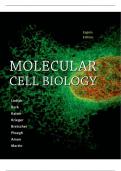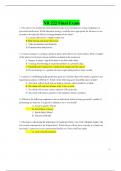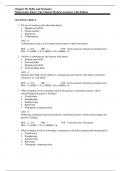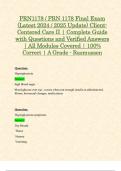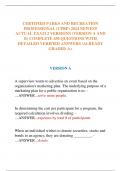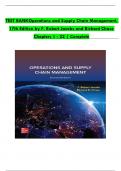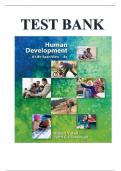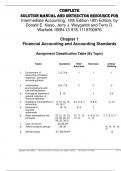Prüfung
Test Bank for Molecular Cell Biology 8th Edition by Harvey Lodish, Arnold Berk, Chris A. Kaiser, Monty Krieger, Anthony Bretscher, Hidde Ploegh, Angelika Amon, Kelsey C. Martin
- Kurs
- Hochschule
- Book
Test Bank for Molecular Cell Biology 8th Edition by Harvey Lodish, Arnold Berk, Chris A. Kaiser, Monty Krieger, Anthony Bretscher, Hidde Ploegh, Angelika Amon, Kelsey C. Martin 1. Covalent bonds between which of the following pairs of atoms are nonpolar? a. C–C b. C–H c. O–H d. a and b ...
[ Mehr anzeigen ]
